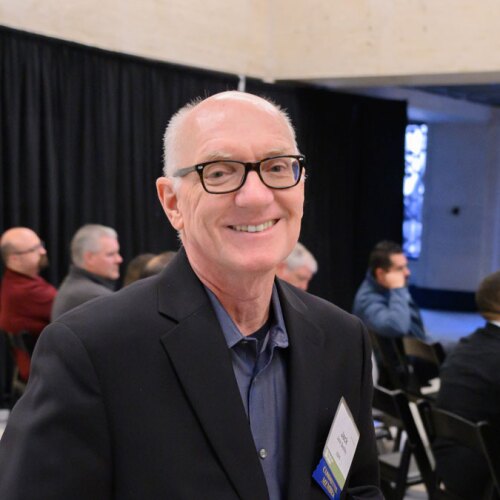Jack Skelley serves on the Advisory Board of ULI Los Angeles, and writes about urban design, architecture, and real estate. He is president of JSPR, Public Relations, Writing & Marketing.


Jack Skelley serves on the Advisory Board of ULI Los Angeles, and writes about urban design, architecture, and real estate. He is president of JSPR, Public Relations, Writing & Marketing.